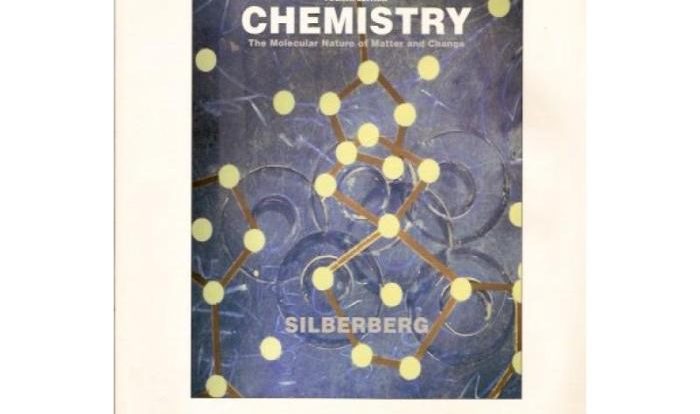Embark on a journey to unravel the mysteries of reaction rates with our comprehensive Rate of Reaction POGIL Answer Key. Dive into the depths of this captivating topic, where we unveil the secrets of chemical kinetics and its profound implications in various scientific disciplines.
Delve into the intricacies of reaction rates, explore the factors that govern their behavior, and witness the practical applications that shape our world. Join us as we illuminate the path to a deeper understanding of reaction kinetics, empowering you with the knowledge to conquer any chemical reaction challenge.
Overview of Rate of Reaction
The rate of reaction refers to the speed at which a chemical reaction occurs, indicating the change in the concentration of reactants or products over time. It is a crucial aspect of chemical kinetics, the study of reaction rates and the factors that influence them.
Reactions can be classified into different types based on their mechanisms and characteristics. Some common types include:
- Elementary reactions: Single-step reactions involving the collision of a small number of molecules.
- Complex reactions: Multi-step reactions involving a series of elementary reactions.
- Homogeneous reactions: Reactions occurring within a single phase (e.g., gas-gas or liquid-liquid).
- Heterogeneous reactions: Reactions occurring at the interface between two phases (e.g., solid-gas or liquid-solid).
The rate of reaction is influenced by various factors, including:
- Concentration of reactants
- Temperature
- Surface area of reactants
- Presence of catalysts
Measuring the Rate of Reaction
The rate of reaction can be measured using different methods, depending on the nature of the reaction. Some common techniques include:
- Monitoring the change in concentration of reactants or products over time using spectrophotometry or titrations.
- Measuring the rate of gas evolution or consumption using gas chromatography or mass spectrometry.
- Observing the change in physical properties, such as color, pH, or conductivity.
Once the data is collected, the rate of reaction can be calculated using the following formula:
Rate of reaction = (Change in concentration) / (Change in time)
The rate of reaction is typically expressed in units of moles per liter per second (mol/L/s).
Interpreting rate of reaction data involves analyzing the relationship between the rate and the factors that influence it. This allows scientists to understand the reaction mechanism and predict how the reaction will behave under different conditions.
Factors Affecting the Rate of Reaction
The rate of reaction is influenced by several factors, including:
Concentration of Reactants
The rate of reaction generally increases with increasing concentration of reactants. This is because a higher concentration means more reactant molecules are available to collide and react.
Temperature
Temperature has a significant effect on the rate of reaction. As temperature increases, the kinetic energy of the reactants increases, leading to more frequent and energetic collisions, and thus a higher reaction rate.
Surface Area of Reactants
For heterogeneous reactions, the surface area of the reactants can affect the rate of reaction. A larger surface area provides more sites for collisions to occur, resulting in a faster reaction rate.
Catalysts, Rate of reaction pogil answer key
Catalysts are substances that increase the rate of a reaction without being consumed in the reaction. They provide an alternative pathway for the reaction to occur, lowering the activation energy and speeding up the process.
Applications of Rate of Reaction
The study of reaction rates has numerous applications in various fields:
Chemical Process Design and Optimization
Understanding the rate of reaction allows chemists to design and optimize chemical processes for industrial applications. By controlling factors such as temperature, concentration, and catalysts, they can maximize the efficiency and yield of desired products.
Environmental Science
Reaction rates play a crucial role in environmental processes, such as the degradation of pollutants and the formation of smog. By studying these rates, scientists can develop strategies to mitigate environmental problems.
Medicine
Reaction rates are essential in understanding drug metabolism and the design of new drugs. By manipulating reaction rates, scientists can control the bioavailability, efficacy, and side effects of medications.
Questions and Answers: Rate Of Reaction Pogil Answer Key
What is the significance of reaction rates in chemical processes?
Reaction rates play a crucial role in designing and optimizing chemical processes. By understanding the factors that influence reaction rates, scientists can manipulate these variables to increase efficiency, reduce waste, and enhance product quality.
How does temperature affect reaction rates?
Temperature has a profound effect on reaction rates. In general, as temperature increases, the rate of reaction also increases. This is because higher temperatures provide more energy to the reacting molecules, enabling them to overcome the activation energy barrier more easily.
What are catalysts and how do they influence reaction rates?
Catalysts are substances that increase the rate of a reaction without being consumed in the process. They provide an alternative pathway for the reaction to occur, lowering the activation energy and speeding up the reaction.
